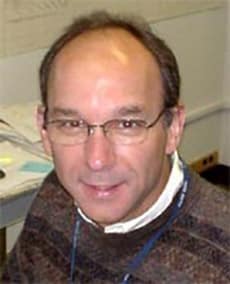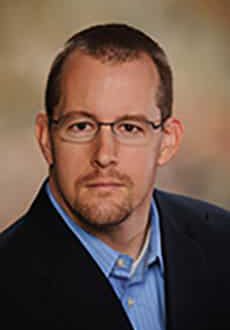Synthetic Aperture Radar (SAR) Technology and Applications: Serving the Humanitarian Needs
Date of original webcast: Wednesday, April 12, 2017
Duration: 58 minutes
Format: mp4
Summary
The Indian Space Research Organization (ISRO) and the National Aeronautics and Space Administration (NASA) in the United States have embarked on the formulation of a Earth-orbiting science and applications mission that will exploit synthetic aperture radar to map the Earth’s surface. The mission’s primary objectives are the study of Earth land and ice deformation, and ecosystems, in areas of common interest to the US and Indian science and applications communities. The science requirements demand complete coverage of land and ice covered surfaces at fine spatial resolution, sampled at least twice (ascending and descending orbits) each 12 day repeat cycle. This observational approach can be beneficial to disaster response activities, as estimation of areas of damage or significant change due to a disaster within a few days of the event can be of significant value to disaster workers responding to a humanitarian crisis. This webinar will illustrate this benefit with examples from existing satellites, and demonstrate the potentials offered by NISAR in the context of the international constellation of satellites.
Speakers

Dr. Paul Rosen
Dr. Paul Rosen is currently a Project Scientist for NASA-ISRO Synthetic Aperture Radar mission concept at the Jet Propulsion Laboratory. Until 2012, he was the manager of the Radar Science and Engineering Section and Project Scientist for the DESDynI Mission Concept at the Jet Propulsion Laboratory. His assignments at JPL have centered on scientific and engineering research and development of radar instruments and applications.
Dr. Rosen was a team leader on the Shuttle Radar Topography Mission, for which he received NASA’s Exceptional Service Medal (2001) and NASA’s Exceptional Achievement Medal (2002). Prior to JPL, Dr. Rosen spent two years at Kanazawa University, Kanazawa, Japan. He received a PhD in Electrical Engineering from Stanford University and his M.S. and B.S in Electrical Engineering from University of Pennsylvania.
Dr. Rosen is a visiting faculty member and lecturer at the Division of Geological and Planetary Sciences at Caltech, and has served on the UCLA Extension Program faculty. He was recently elected Fellow of the IEEE, and is a member of the American Geophysical Union. He is an author of over 40 journal and book chapter publications and 100 conference papers.

Michael C. Hamilton
Dr. Michael C. Hamilton is an Associate Professor in the Electrical and Computer Engineering Department at Auburn University and the Assistant Director of the Alabama Microelectronics Science and Technology Center.